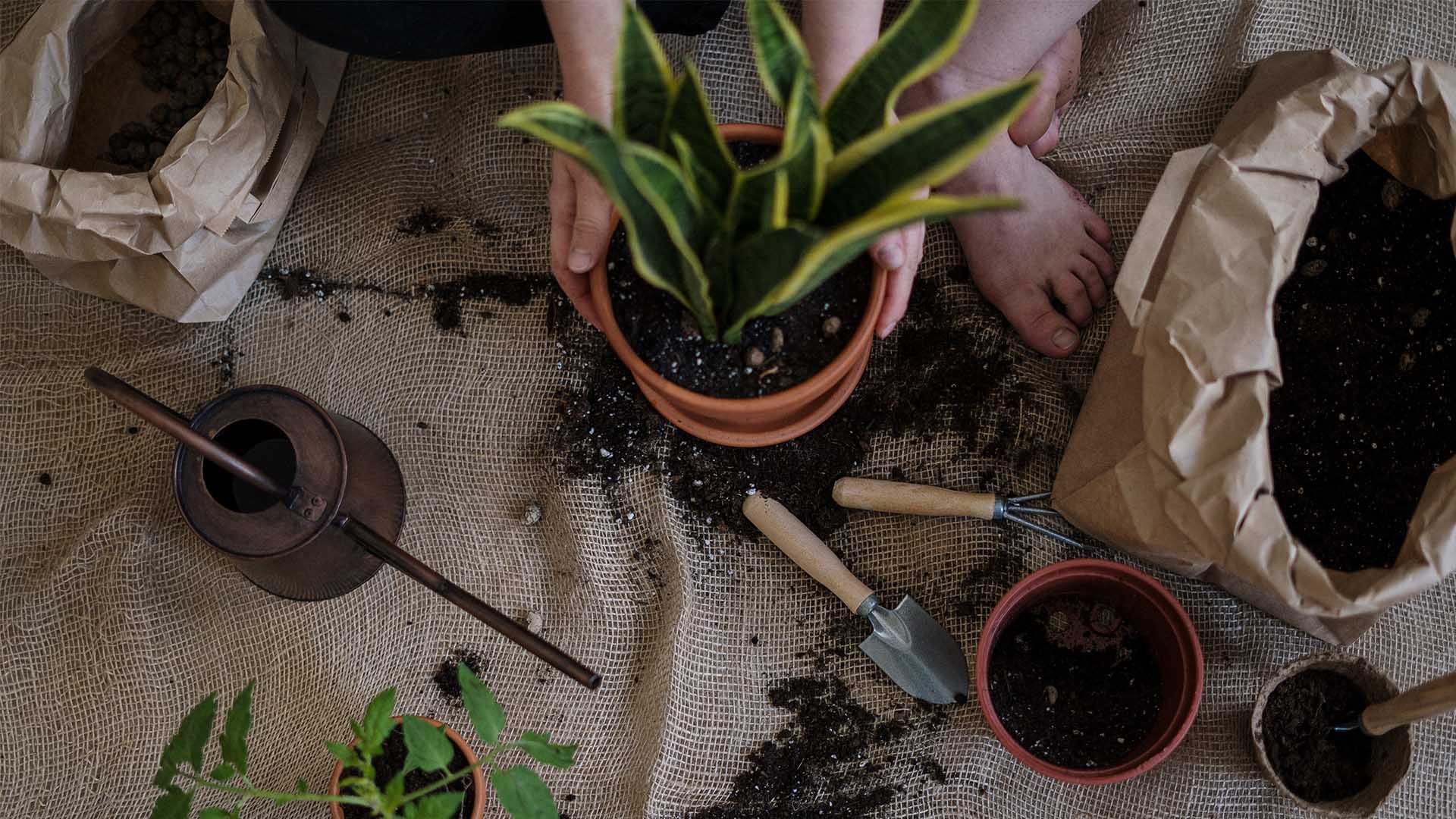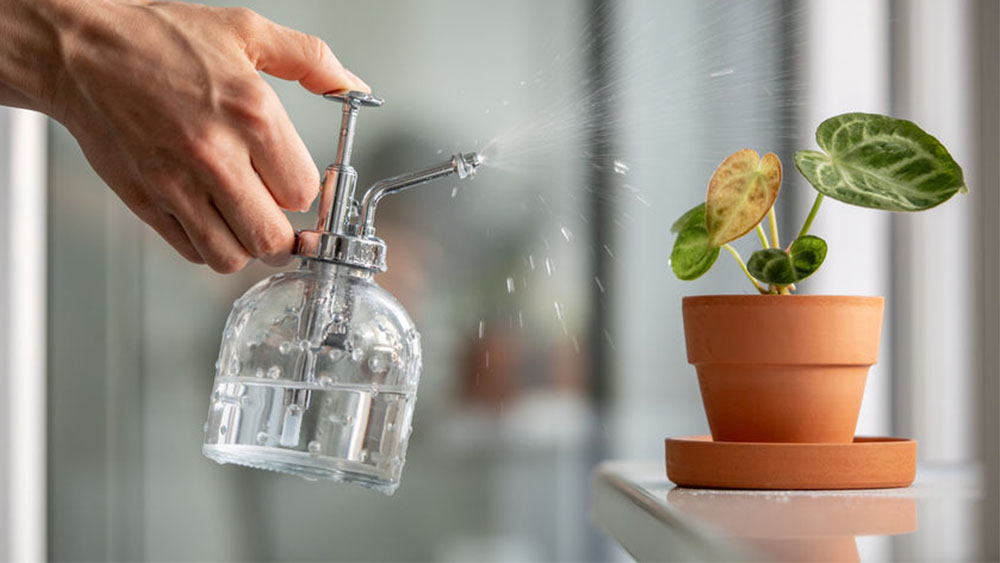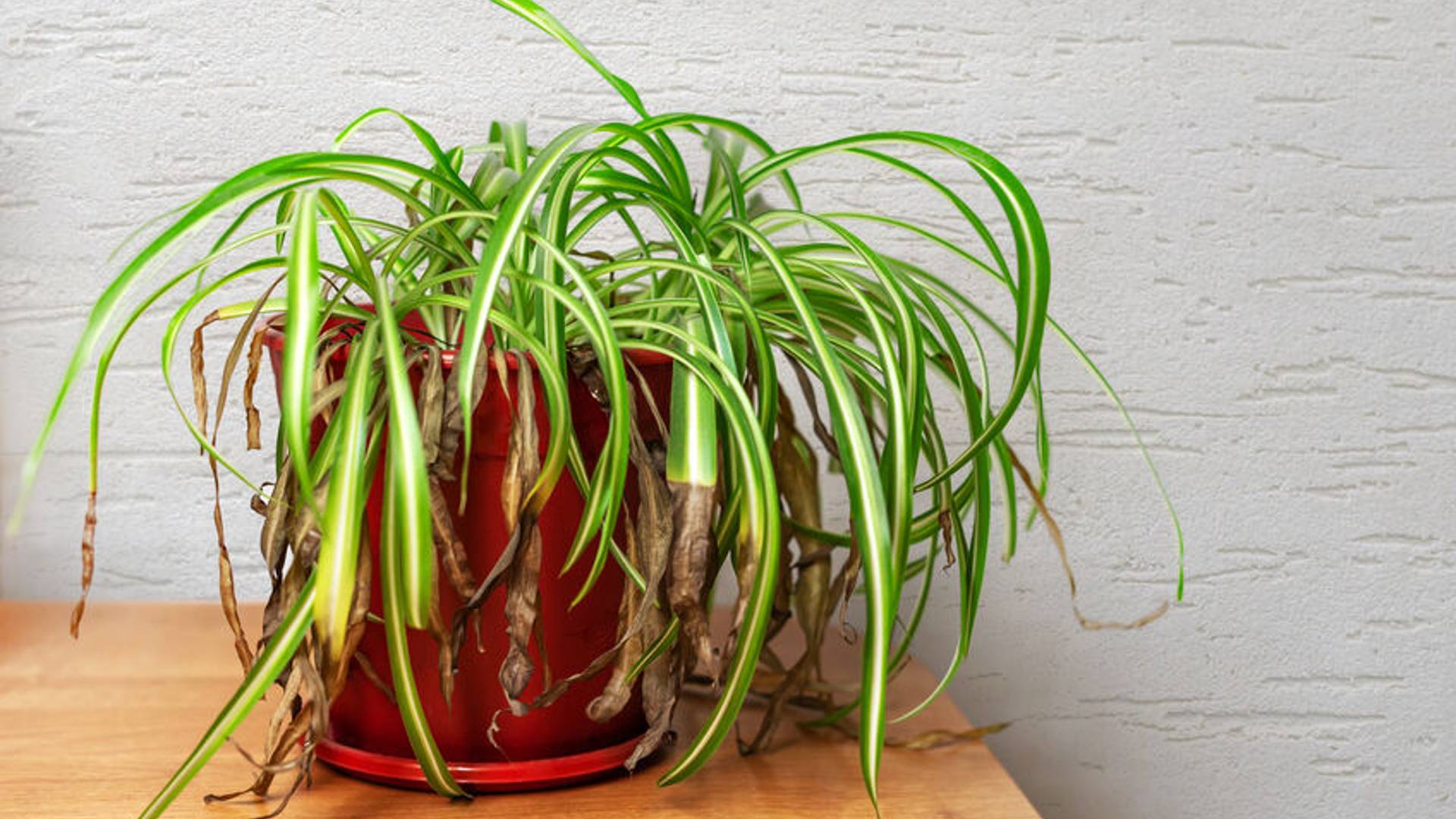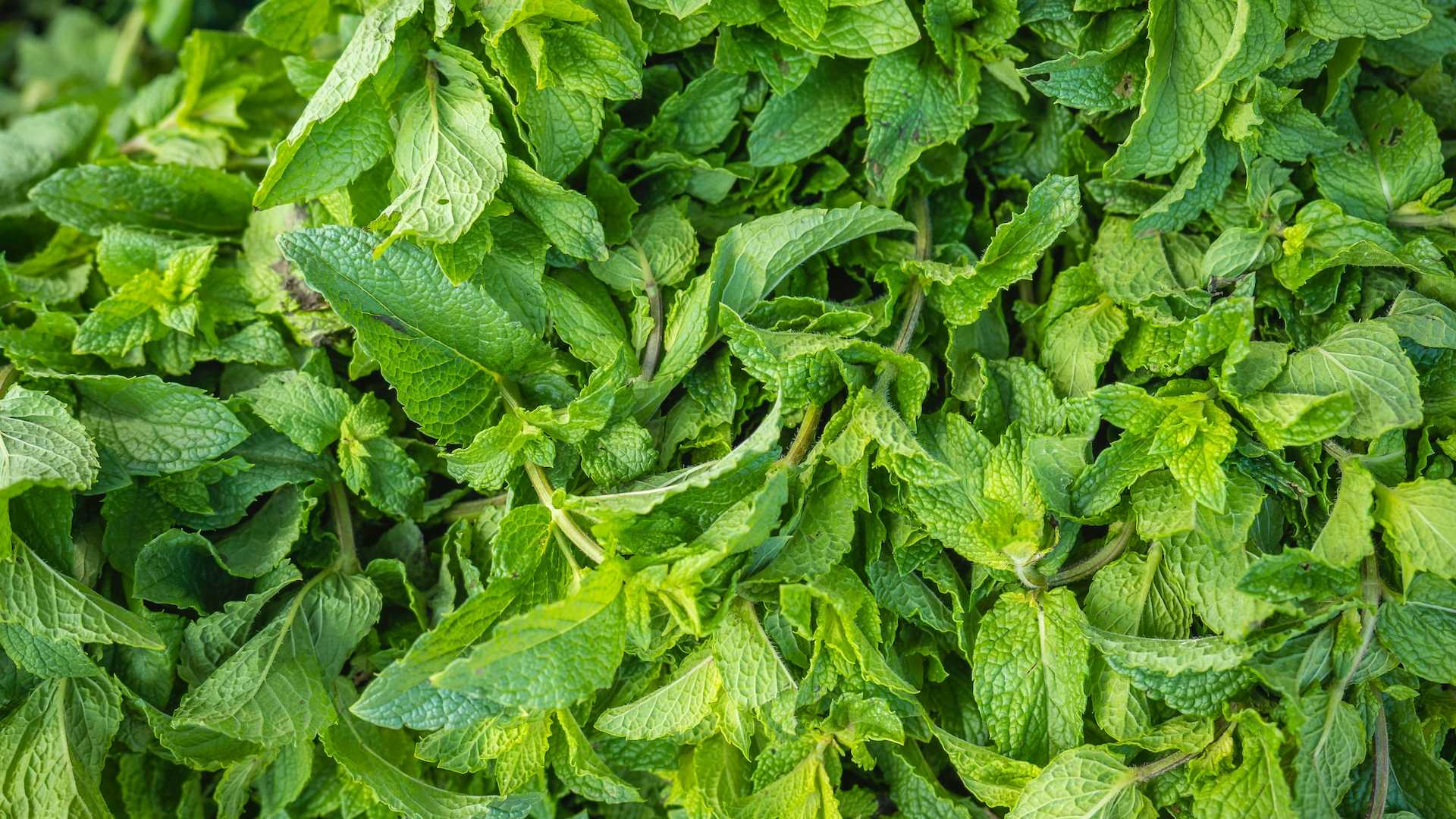Gardening Tips Every New Plant Parent Should Know About
New to the world of gardening? Well, this one’s for you. No matter if you’ve just gotten your first plant (congratulations!) or wondering why your new urban garden is barely alive, it’s all about getting the basics right. Plant parenthood is an absolutely rewarding affair with the right know-how, and these are the things I wish I knew about when I first got into the hobby.
1. Take baby steps
Whilst it’s tempting to go all out and fill your house or garden with exotic plants that you’ve been seeing on your Instagram feed, these imported beauties tend to be expensive and require a certain level of experience in caring for them - aka not suitable for beginners. For a start, try your hands at caring for hardier plants like the money plant, snake plant or ficus elastica instead. Not only are they way more forgiving, they are kinder on your wallet as you ease into the hobby.
2. Get plants that are suitable for your environment
One common mistake new hobbyists often make is to subject plants to conditions they won’t thrive in, only to watch it deteriorate to a former shadow of itself. So before you introduce a slice of nature into your home, it’s ideal to determine where potential plants will be placed, and take note of the lighting conditions throughout the day. For example, you wouldn’t want to keep a plant that appreciates bright light in a shady spot, or let a variegated plant burn under direct sunlight.
3. Use an airy potting mix
Plants purchased from commercial nurseries often come potted in peat or clay soil that’s less desirable for indoor use. Gently shake or wash away any excess soil (be careful not to damage the delicate roots) and repot your new plant with a well-draining potting mix instead. This simple action will allow for healthy root growth and excellent water drainage; waterlogged soil often results in dreaded root rot. Alternatively, a quick fix would be to add perlite to the existing soil for breathability.
4. The right way to water
Contrary to popular belief, there’s no need to stick to a strict watering schedule. Environmental conditions can change, and so should your watering. As a general guide, you can do the poke test with your finger or a chopstick - if the top two inches of potting mix feels dry or the chopstick emerges clean, you can water your plants thoroughly till liquid drips through the bottom of the pot. And while you’re at it, give the leaves a good rinse to rid it of any unwanted debris or pests.
5. Put together a first-aid kit
Yes, even plants need one on standby too. Pests will always arrive at some point, and you’ll want to get rid of them ASAP before they cause irreversible damage. Products such as neem oil and insecticidal soap are great to have on hand should an infestation occur, and you’ll want to stock up on plant food like tonics and slow-release fertilisers for general maintenance as well.
6. Watch where you pot
New plant parents often get excited about outfitting their new green babies with aesthetic ceramic planters they’ve procured. If you do, make sure they come with adequate drainage holes to avoid the same issue of waterlogged soil and root rot. Personally, I would rather avoid that possibility by keeping my plants potted in regular plastic pots and popping them in pretty ceramic ones purely for aesthetic reasons. And as an added bonus, you’ll be able to switch plants and decorative pots easily for a refreshed look.
7. Relax and enjoy the process
A plant or two may say goodbye despite your best efforts, and that’s okay. Don’t worry too much, have fun and enjoy the process of nurturing your mini garden - there’s so much to take away from the experience.
For the latest updates on Wonderwall.sg, be sure to follow us on TikTok, Telegram, Instagram, and Facebook. If you have a story idea for us, email us at [email protected].











